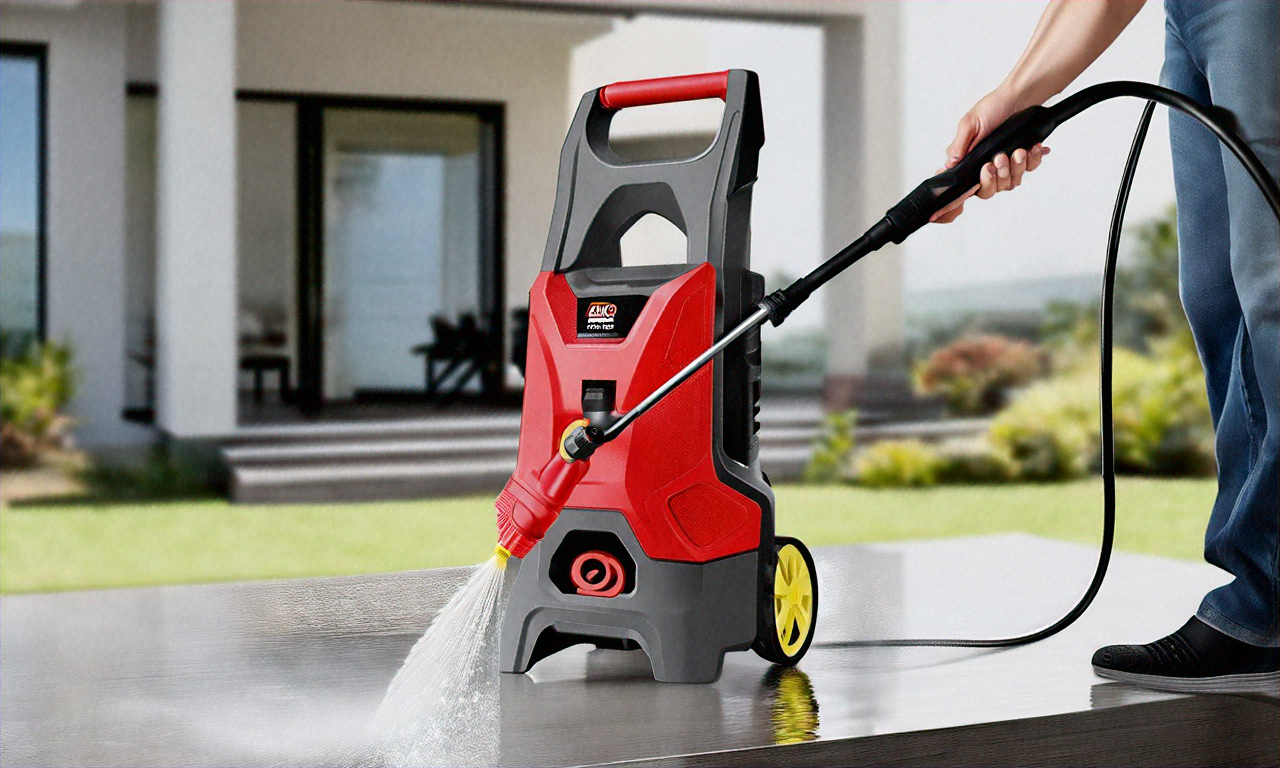Effective Pest Control Solutions for Your Home
Pest control is an essential aspect of maintaining a healthy and comfortable living environment. Unwanted insects and other pests can not only be a nuisance but also pose potential health risks and damage to your property. This article will explore various aspects of residential pest control, providing you with valuable insights to keep your home pest-free.

Furthermore, pests can cause extensive damage to your property. Termites, for example, can silently destroy wooden structures, potentially leading to costly repairs. Rodents may chew through wiring, creating fire hazards. Regular pest control can help prevent such damages, saving you money in the long run.
What are common household pests and their signs?
Identifying common household pests and recognizing their signs is the first step in effective pest control. Some of the most frequent invaders include:
-
Ants: Look for trails of ants or small piles of sawdust-like material (frass) near wooden structures.
-
Cockroaches: Watch for droppings, egg cases, or a musty odor.
-
Termites: Check for mud tubes on exterior walls, hollow-sounding wood, or discarded wings.
-
Rodents: Listen for scratching noises in walls or attics, and look for droppings or gnaw marks.
-
Bed bugs: Inspect for small, reddish-brown bugs in mattress seams or tiny blood spots on bedding.
Being aware of these signs can help you address pest problems early before they become severe infestations.
What are effective DIY pest control methods for homes?
While severe infestations may require professional help, there are several DIY pest control methods you can implement to keep your home insect-free:
-
Seal entry points: Inspect your home’s exterior and seal any cracks or gaps that pests might use to enter.
-
Maintain cleanliness: Regular cleaning, especially in kitchen and bathroom areas, can deter pests by eliminating food sources.
-
Proper food storage: Store food in airtight containers and avoid leaving pet food out overnight.
-
Natural repellents: Use essential oils like peppermint or citrus, which many insects find repellent.
-
DIY traps: Set up sticky traps or bait stations for insects and rodents in problem areas.
-
Declutter: Reduce hiding spots for pests by keeping your home organized and clutter-free.
These methods can be effective for minor pest issues and can help prevent infestations from developing.
When should you consider professional extermination services?
While DIY methods can be effective for minor pest problems, there are situations where professional extermination services become necessary. Consider calling a professional pest control company if:
-
You have a severe or persistent infestation that DIY methods haven’t resolved.
-
You’ve identified potentially dangerous pests like venomous spiders or stinging insects.
-
There are signs of wood-destroying insects like termites or carpenter ants.
-
You’re dealing with bed bugs, which are notoriously difficult to eliminate without professional help.
-
You have concerns about using pesticides safely, especially if you have children or pets.
Professional exterminators have access to more potent and targeted treatments, as well as the expertise to apply them safely and effectively.
What are eco-friendly pest control options for environmentally conscious homeowners?
For homeowners concerned about the environmental impact of traditional pest control methods, there are several eco-friendly options available:
-
Integrated Pest Management (IPM): This approach focuses on prevention and uses chemical treatments only as a last resort.
-
Biological control: Introducing natural predators or parasites to control pest populations.
-
Plant-based pesticides: Using naturally derived substances like neem oil or pyrethrin.
-
Diatomaceous earth: A natural, non-toxic substance that can effectively control many crawling insects.
-
Beneficial nematodes: Microscopic worms that can control soil-dwelling pests.
-
Companion planting: Growing certain plants together to naturally repel pests.
These methods can be highly effective while minimizing the use of harmful chemicals in and around your home.
How can you maintain long-term pest prevention in your residence?
Maintaining a pest-free home requires ongoing effort and vigilance. Here are some strategies for long-term pest prevention:
-
Regular inspections: Conduct monthly checks of your home’s exterior and interior for signs of pests.
-
Seasonal maintenance: Address potential pest entry points during spring and fall home maintenance routines.
-
Proper landscaping: Keep plants trimmed away from your home’s foundation and eliminate standing water sources.
-
Consistent cleaning: Maintain a regular cleaning schedule, paying special attention to areas where food is prepared or consumed.
-
Educate family members: Ensure everyone in the household understands and follows pest prevention practices.
-
Professional assessments: Consider having annual professional inspections to catch potential issues early.
By implementing these strategies, you can create an environment that is inhospitable to pests, reducing the likelihood of future infestations and maintaining a healthy, comfortable living space for you and your family.






